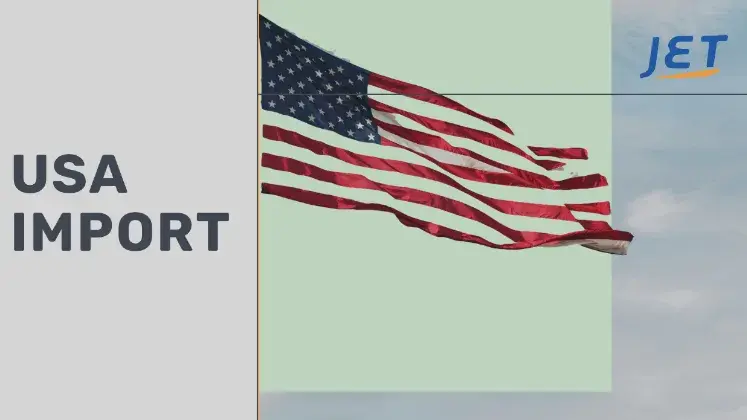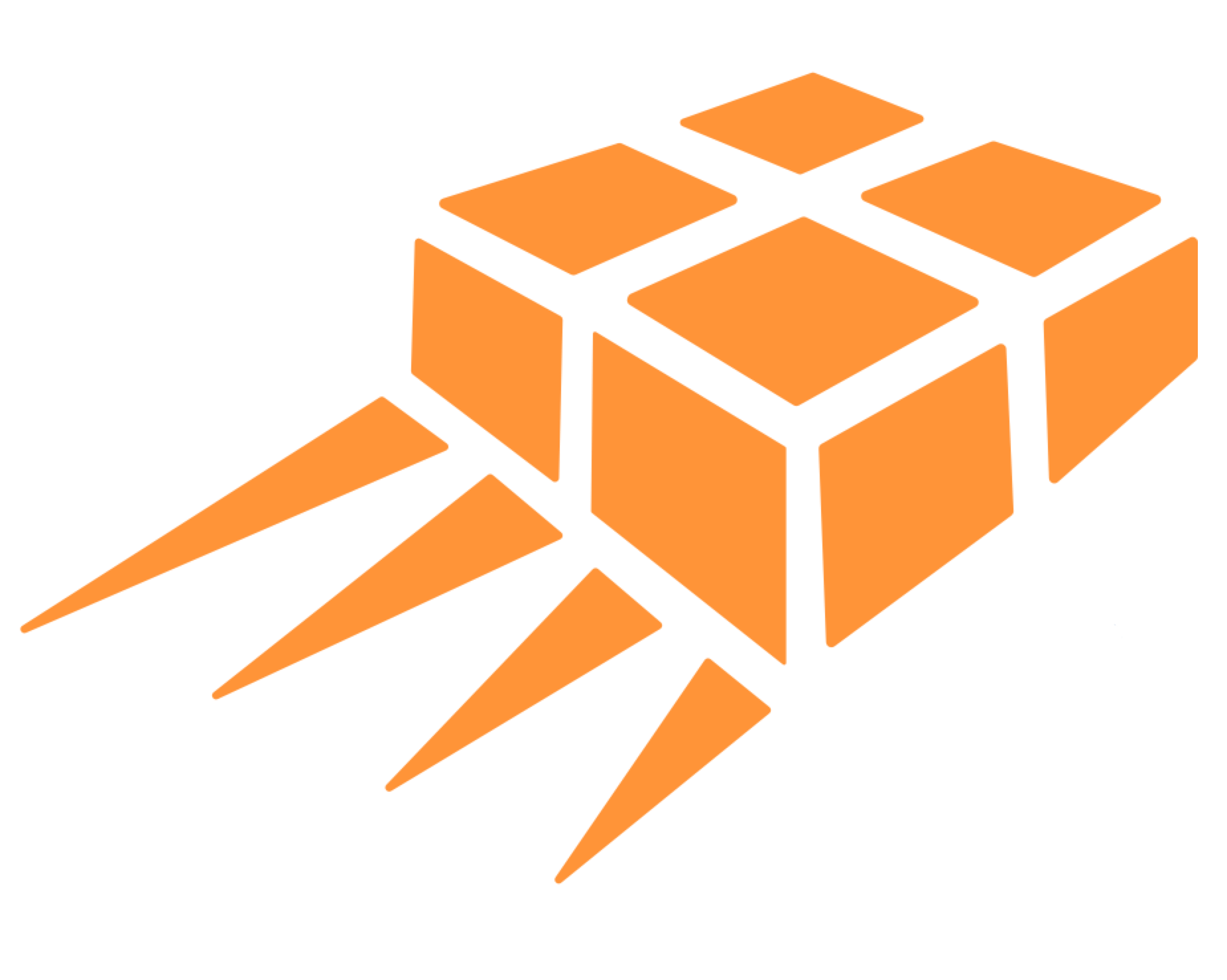
Complete Guide to Importing Goods into the USA
Understanding Importing Regulations in the USA
Importing goods into the USA requires compliance with customs regulations, tariff schedules, and documentation rules. With the right preparation, businesses can avoid costly delays and penalties.
What You’ll Learn
- How to choose the right entry type
- How tariffs & HS codes impact duty
- Required documents and common mistakes
- When to use courier, air, or ocean
- Tips for valuation and origin claims
Steps to Import into the USA
Courier vs Air vs Ocean
| Mode | Best For | Pros | Considerations |
|---|---|---|---|
| Courier | Small parcels, e-commerce | Fastest customs clearance; minimal paperwork | High cost for large/bulky cargo |
| Air Freight | Urgent, medium shipments | Reliable transit; good for high-value items | More expensive than ocean; airport handling fees |
| Ocean Freight | Bulk shipments (≥ 500 kg) | Lowest cost per kg for large volumes | Slower transit; accessorial and minimum charges |
Valuation, Origin & Compliance
Valuation
Transaction value (price paid/payable) plus packing, assists, royalties, and resale proceeds. Freight is usually excluded from customs value.
Country of Origin
Origin is where goods are manufactured. To claim free trade benefits (e.g., USMCA), maintain a valid Certificate of Origin.
Partner Agencies
FDA, USDA, and Fish & Wildlife may require additional approvals. Supplements, cosmetics, and food often need extra clearance.
Frequently Asked Questions
Which documents are required?
Commercial invoice, bill of lading/waybill, and packing list. Some products may need FDA, USDA, or other permits.
How do I know my HS code?
Classify by product material and function. Confirm with the US 10-digit code or consult a customs broker. See link above explaining the HS code system.
What’s the difference between Informal and Formal entries?
Informal entries (≤ $2,500) are simpler in that they do not require a bond or the importer to assign a broker. Formal entries (> $2,500) require a bond and more detailed processing.
How can I reduce duty?
Ensure correct HS classification, check free trade agreements, and use Chapter 98 provisions when possible. Also, make sure you do not over value the item. In most cases, the price paid - excluding shipping costs - is the value for duty.
Do I need a customs broker?
Courier shipments usually include entry preparation by the courier's broker division. For cargo and formal entries, a licensed customs broker is recommended. Having said that, imports can self clear goods through US customs.
Get a tailored plan for HS codes, documents, and the best shipping method for your business.
Partner with Jet Worldwide
Get experts support to ensure your shipments are classified correctly, delivered on time, and compliant.
Request a Quote Talk to an Expert



